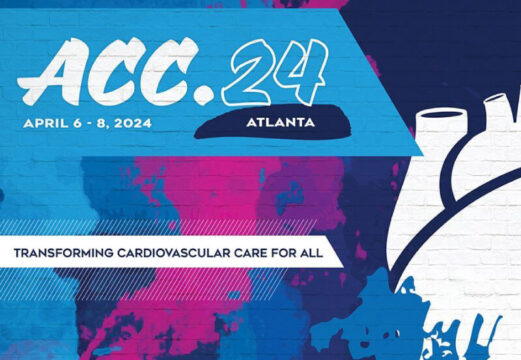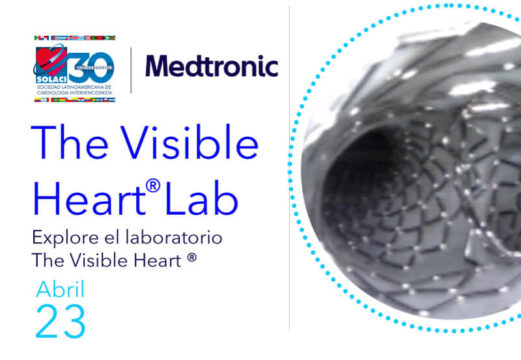Courtesy of Dr. Carlos Fava.
The real incidence of peripheral artery (PAD) disease in TAVR remains unclear. Different reports still estimate it is between 10 and 46%, but they have shown it has a negative impact in evolution.

51,685 TAVR patients were analyzed. 12,740 of these patients presented PAD (24.6%).
PAD patients tended to be younger, mostly men, smokers, hypertensive, with a history of cardiovascular and carotid disease, chronic obstructive pulmonary disease (COPD), kidney function deterioration and cardiovascular revascularization. There were no differences in obesity and diabetes. In this group, TAVR was done more often in university hospitals.
Read also: ESC 2019 | How Benign Is Moderate Aortic Stenosis?
At hospital level, there were no differences in mortality, need for pacemaker, acute myocardial infarction (AMI), or conversion to surgery. But the presence of PAD was associated to vascular complications [8.6 vs. 5.3%, OR 1.80 (1.50–2.16), p < 0.001], major bleeding [10.8 vs. 8.8%, OR 1.20 (1.09–1.34), p < 0.001], kidney function deterioration [18.2 vs. 15.6%, OR 1.19 (1.05–1.36), p=0.007], cardiac complications [9.4 vs. 8.2%, OR 1.21 (1.01–1.44), p=0.03], stroke [3.2 vs. 2.7%, OR 1.39(1.10–1.75), p=0.005] and longer in-hospital stay [7.23 (0.14) days vs. 7.11 (0.1) days, p < 0.001].
Conclusion
The presence of PAD in TAVR is 25% approximately. This disease was not associated to increased in-hospital mortality, but it was associated to higher risk of vascular complications, major bleeding, kidney function deterioration, stroke, cardiac complications and longer in-hospital stay.
Courtesy of Dr. Carlos Fava.
Original title: Association of peripheral artery disease with in-hospital outcomes after endovascular transcatheter aortic valve replacement.
Reference; Divyanshu Mohananey, et, al. Catheter Cardiovasc Interv 2019;94:249-255.
Subscribe to our weekly newsletter
Get the latest scientific articles on interventional cardiology
We are interested in your opinion. Please, leave your comments, thoughts, questions, etc., below. They will be most welcome.



